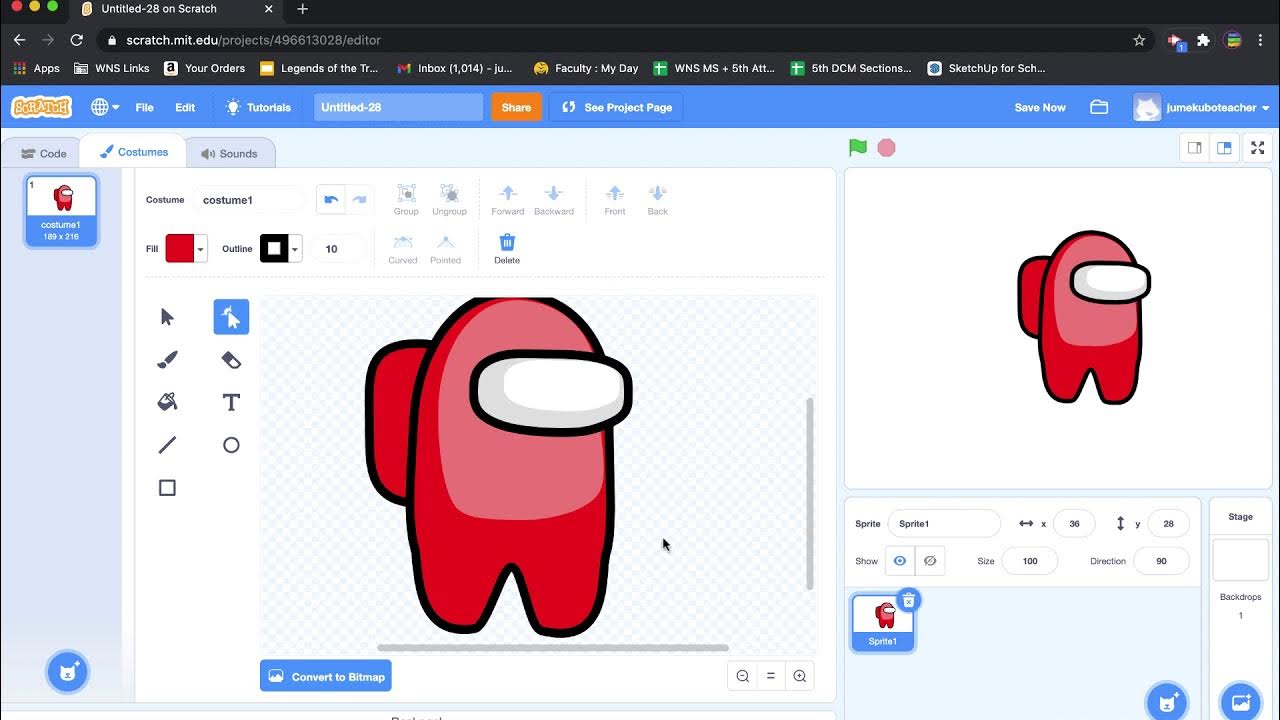How to Design a Database
Summary
TLDRThis video tutorial guides viewers through the process of designing a database from scratch. It starts with capturing the idea in a sentence, identifying key nouns to form tables, and then adding attributes based on requirements and assumptions. The tutorial emphasizes establishing relationships between tables for a relational database structure. It concludes with a step to assess and adjust the design, ensuring it meets the initial requirements before proceeding to create tables and insert data.
Takeaways
- 📝 The first step in database design is to clearly define the idea or requirements by writing a sentence or two describing the data or functionality.
- 🔍 Step 2 involves identifying the nouns in your description, which represent the entities or tables in the database.
- 📊 The next step is to create tables based on the identified nouns, even if the attributes aren’t fully defined yet.
- 📅 Add attributes to the tables, such as dates, times, and related fields that align with the database’s requirements.
- 🏥 In the doctor appointment example, fields such as patient name, appointment time, arrival time, and completion time are added.
- 👥 Use primary keys and foreign keys to create relationships between tables, linking records such as patients to appointments and doctors.
- ⚙️ Relational design ensures that data is only stored once, improving efficiency and reducing redundancy in the database.
- 🔄 Continuously assess and adjust the tables and fields based on feedback, assumptions, or new data requirements.
- 🛠️ The final step involves writing Create Table and Insert statements to implement the database, and potentially installing a database like MySQL or SQL Server.
- 🎓 For more in-depth learning, users are encouraged to explore the Relational Database Design course on Database Star Academy.
Q & A
What is the first step in designing a database according to the video?
-The first step in designing a database is to write down your idea or requirements in the form of a sentence or two that describes the kind of data you want to store or the kind of things you want your application to do.
Why is it important to identify nouns when designing a database?
-Identifying nouns is important because these represent objects or things which are used to create the tables in the database design.
What tool does the presenter use to create the database design diagram?
-The presenter uses LucidChart to create the database design diagram, but mentions that any other diagramming tool or even pen and paper could be used.
How does adding attributes to the database design help in the design process?
-Adding attributes helps in the design process by providing a more detailed understanding of what information needs to be stored in each table, which can be derived from the description of the idea and some assumptions.
What is an example of an attribute that might be added to the 'patient' table?
-An example of an attribute that might be added to the 'patient' table is 'firstname' and 'lastname' to store the patient's name.
Why is it beneficial to add relationships between tables in a database design?
-Adding relationships between tables allows for data to be stored efficiently in one place and facilitates the advantages of relational databases, such as data integrity and easier data retrieval.
How does the presenter suggest linking the 'patient' table to the 'appointment' table?
-The presenter suggests adding an ID to the 'patient' table to identify the record and having the same ID in the 'appointment' table to link the two tables.
What is the purpose of adding a primary key to all tables in a database design?
-Adding a primary key to all tables ensures each table has a unique identifier for records, which is crucial for establishing relationships between tables and maintaining data integrity.
What is the process of normalization mentioned in the video?
-Normalization is a standard process for building an efficient and well-designed database by organizing the database structure to reduce redundancy and improve data integrity.
Where can viewers find more in-depth training on database design and SQL?
-Viewers can find more in-depth training on database design and SQL through the Relational Database Design course on Database Star Academy, an online training platform mentioned by the presenter.
What are the next steps suggested after finalizing the database design?
-After finalizing the database design, the next steps are to write Create Table statements to create the tables and Insert statements to insert data, possibly after setting up a database management system like MySQL or SQL Server.
Outlines

Cette section est réservée aux utilisateurs payants. Améliorez votre compte pour accéder à cette section.
Améliorer maintenantMindmap

Cette section est réservée aux utilisateurs payants. Améliorez votre compte pour accéder à cette section.
Améliorer maintenantKeywords

Cette section est réservée aux utilisateurs payants. Améliorez votre compte pour accéder à cette section.
Améliorer maintenantHighlights

Cette section est réservée aux utilisateurs payants. Améliorez votre compte pour accéder à cette section.
Améliorer maintenantTranscripts

Cette section est réservée aux utilisateurs payants. Améliorez votre compte pour accéder à cette section.
Améliorer maintenantVoir Plus de Vidéos Connexes

How to Make a Maze Game in Scratch | Tutorial

Is Redis the ONLY database you need? // Fullstack app from scratch with Next.js & Redis

Tutorial Membuat TOKO ONLINE dengan PHP & MYSQL + BOOTSTRAP | Analisa Sistem & Struktur Database

07. Scratch - Drawing and Animating a Sprite

How to Make Logo in Canva? Canva Logo Design Tutorial for Beginners - in Hindi

Belajar Membuat Website Portal Berita dengan Codeigniter 3 - #1
5.0 / 5 (0 votes)
